
Sir John Robert Steell was a Scottish sculptor. He modelled many of the leading figures of Scottish history and culture, and is best known for a number of sculptures displayed in Edinburgh, including the statue of Sir Walter Scott at the base of the Scott Monument.

William Behnes was a British sculptor of the early 19th century.
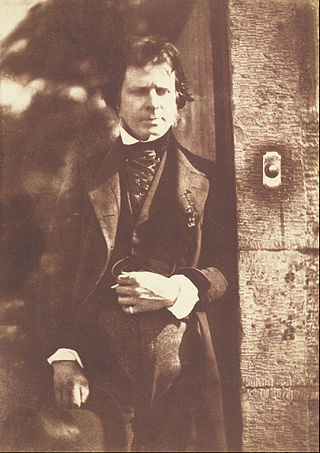
David Octavius Hill was a Scottish painter, photographer and arts activist. He formed Hill & Adamson studio with the engineer and photographer Robert Adamson between 1843 and 1847 to pioneer many aspects of photography in Scotland.
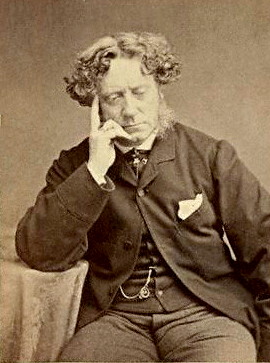
Sir Joseph Noel Paton was a Scottish artist, illustrator and sculptor. He was also a poet and had an interest in, and knowledge of, Scottish folklore and Celtic legends.

James Pittendrigh MacGillivray was a Scottish sculptor. He was also a keen artist, musician and poet. He was born in Inverurie, Aberdeenshire, the son of a sculptor, and studied under William Brodie and John Mossman. His works include public statues of Robert Burns in Irvine, Lord Byron in Aberdeen, the 3rd Marquess of Bute in Cardiff, John Knox in Edinburgh's St Giles Cathedral, and William Ewart Gladstone in Coates Crescent Gardens, Edinburgh.
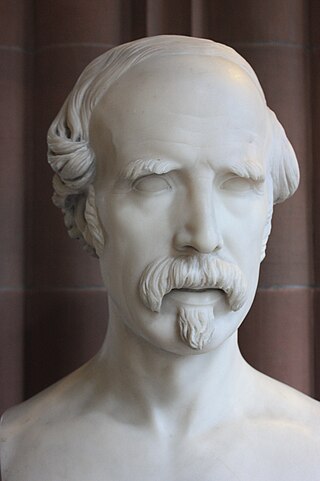
Lawrence Macdonald sometimes Laurence Macdonald was a Scottish sculptor.
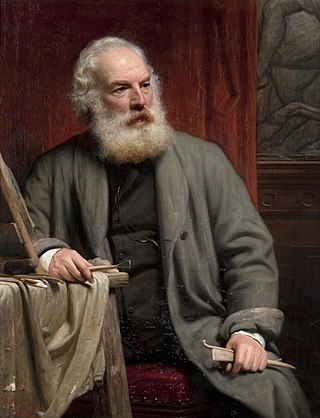
John G. Mossman was one of a number of English sculptors who dominated the production and teaching of sculpture in Glasgow for 50 years after his arrival with his father and brothers from his native London in 1828. His father William Mossman (1793–1851) was also a sculptor, and a pupil of Sir Francis Chantrey. He was trained both by his father and under Carlo Marochetti in London.

Richard Westmacott (the younger) RA (14 April 1799 – 19 April 1872) – also sometimes described as Richard Westmacott III (to distinguish him from his father and grandfather – both sculptors bearing the same name) – was a prominent English sculptor of the early and mid-19th century.

Alexander Munro was a British sculptor of the Pre-Raphaelite movement. He concentrated on portraiture and statues, but is best known for his Rossetti-influenced figure-group Paolo and Francesca (1852), which has often been identified as the epitome of Pre-Raphaelite sculpture.
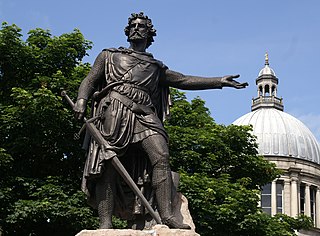
William Grant Stevenson, was a Scottish sculptor and portrait painter.

John RhindARSA (1828–1892) was a Scottish sculptor, based in Edinburgh. He was born in Banff the son of a master mason. He was trained under Alexander Handyside Ritchie (1804–1870). He served this apprenticeship in a yard at 4 East Broughton Place.

Samuel Joseph was a British sculptor, working in the early 19th century.

Peter Rouw II was a London-based sculptor specialising in bas-reliefs in marble, often in the form of mural church monuments, and in wax miniature portraits, often of a pink hue on black glass. He designed medals, including one of William Wilberforce, and also made a few marble busts. He exhibited at the Royal Academy of Arts. In 1807 Rouw was appointed modeller of cameos and gems to the Prince Regent.
Alexander Handyside Ritchie was a Scottish sculptor born in Musselburgh in 1804, the son of James Ritchie, a local brickmaker and ornamental plasterer, and his wife Euphemia. The father in turn was the son of a fisherman and amateur sculptor.
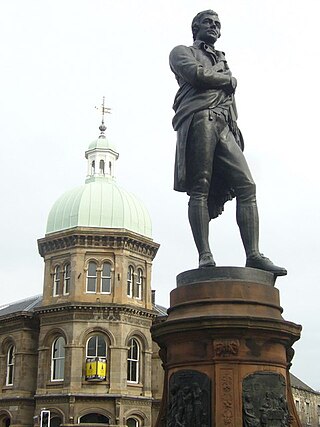
David Watson Stephenson was a Scottish sculptor, executing portraits and monuments in marble and bronze.

John Hutchison was a Scottish sculptor based in Edinburgh. He was the son of an unnamed builder, and his artistic life began as a thirteen-year-old woodcarving apprentice. He attended art school in the evenings, then later became a student at the Trustees Academy. and attracted the patronage of its owner, Patrick Allan Fraser, who gave him commissions to fund his study in Rome. Although after Rome he continued to enjoy ancient Roman sculptural themes, he remained in Edinburgh for the rest of his life, working in wood, clay and marble, and concentrating on portraiture of Scottish people, and images of Scottish myth and history. He created the bust of Sir Walter Scott in Poets' Corner in Westminster Abbey. He was a successful artist who received commissions from Queen Victoria.

James Fillans was a Scottish sculptor, poet and artist with a short but influential career in the early 19th century.
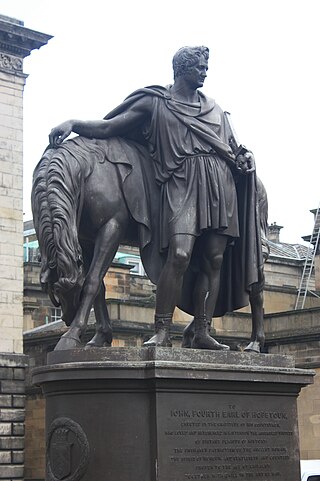
Thomas Campbell was a Scottish sculptor in the early 19th century. He has several important public works, most notably a statue of Sarah Siddons in Westminster Abbey. He also has several works in the National Gallery in London. He was heavily patronised by the British aristocracy, as evidenced by his works.

Christopher Moore RHA MRIA MRHA (1790–1863) was an Irish-born sculptor operational mainly in England in the 19th century.
William Spence (1793–1849) was an early 19th century British sculptor.





















